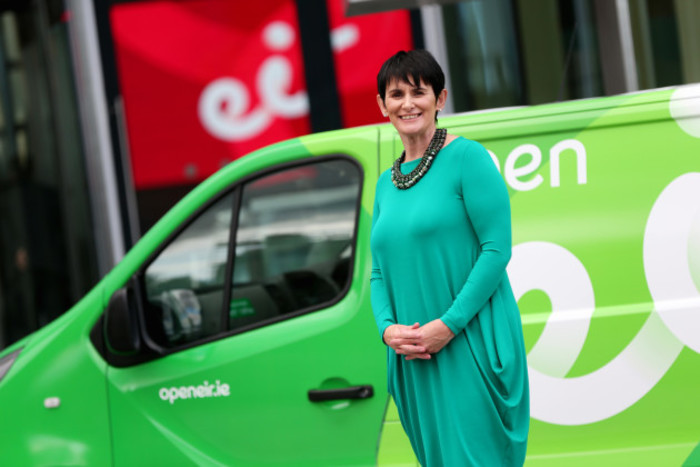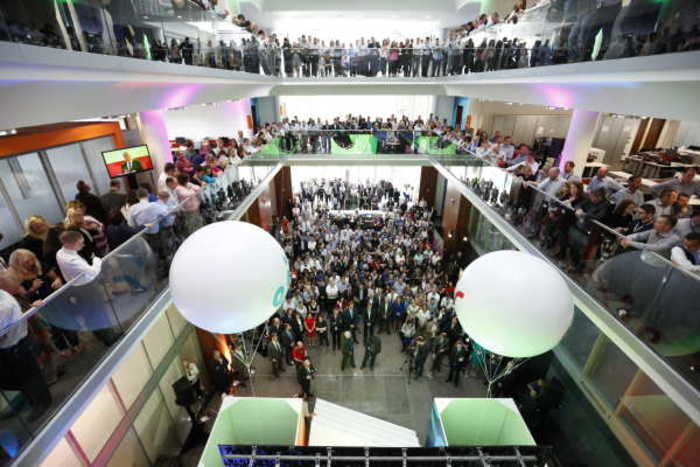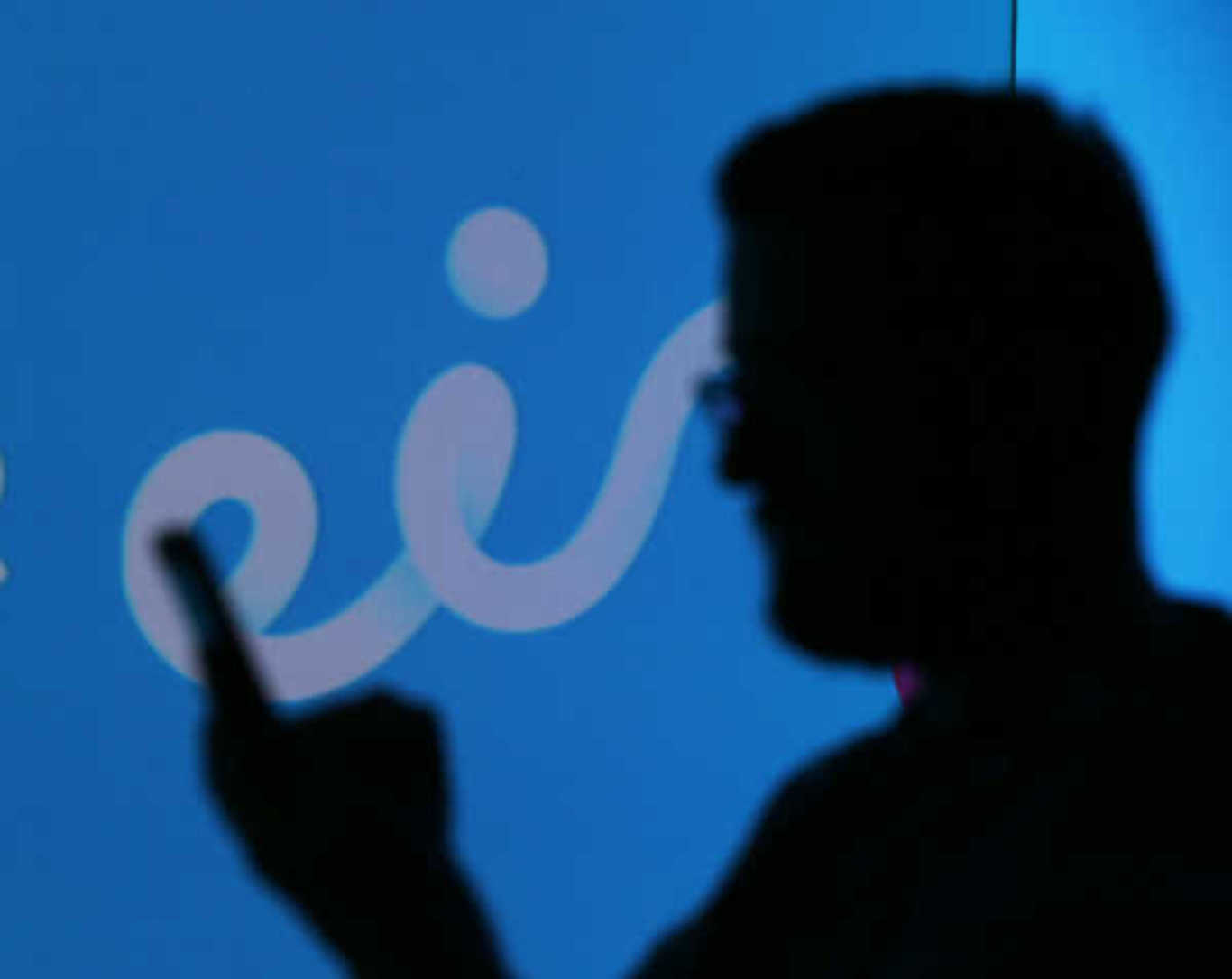For Eir, the next 300,000 connections will be a turning point in our broadband woes
The road to broadband has so far been paved with broken promises.
WHENEVER THE TOPIC of broadband is brought up, it’s hard not to mention the frustration many people have about quality, accessibility and a long series of broken promises.
For Carolan Lennon, the managing director of Eir, the issue isn’t just getting out broadband to everyone, it’s dealing with expectations from people and the anger they feel from the current situation when they have poor or non-existent access.
Part of it is perception and while the eventual goal is to have all households connected to fibre broadband sooner rather than later – 2020 is still the target for Eir to have the vast majority covered with a minimum of 30Mbs – the company sees the next 300,000 home connections as a likely turning point for its plans.
That is, transforming a plan that has been often talked about but not delivered into something people can start believing is happening.
“The 300,000 that takes us from the 1.6 million (reached) to 1.9 million is really getting into the heart of rural Ireland and it’s very exciting for us,” Lennon said.
Still, that may come as little comfort to those who are still waiting to upgrade from slow speeds or nothing at all. The delay of the National Broadband Plan certainly hasn’t helped matters, so you can forgive many for choosing to believe the plan when they see it.
 Eir managing director Carolan Lennon
Eir managing director Carolan Lennon
It’s something Lennon is well aware of as she regularly receives emails and letters about the issue. As the largest telecoms company and the one with the longest history in the state, Eir is usually the first in the crosshairs when the issue of broadband comes up.
Lennon said while it “happens all of the time”, she enjoys dealing with the questions as it reminds her the problem of poor broadband access is still a very personal one.
“The letters we get are very sophisticated. They’re not two lines saying ‘I want broadband tomorrow’, it’s ‘I run a small business’ or ‘I run a farm’ or ‘I have a child in college’ … it’s real-life needs and they say I’m missing out here.”
The main issue that Eir claims is slowing it down with its rollout is geography, which Lennon said will always be a major issue regardless of the technology being used.
As Ireland’s rural population is widely dispersed, connecting the whole population is going to be a slow and arduous process. Hooking up the last 50,000 or so premises in extremely rural areas like islands and mountains will be the most challenging and expensive part, Lennon added.
While the rollout happens, the other task is to keep people up to speed on what the company is doing. Part of that is showing people what Eir is working on now and what its plans for the future are.
“The fact that we spent all of this money getting the core network ready … nobody sees that. They only feel it when the connection is actually in their house. So part of getting out and about is to tell our story, to show what we’re actually doing”.
“Sometimes people come in (to events) and they’re very grumpy, and generally … they leave a lot less grumpy than they came in because they can sit down, and we can show them … where we are, and we can give them an estimate of when they’re going to get it.”
 Eir's offices in Dublin
Eir's offices in Dublin
The immediate aim for the company is to have the next 300,000 homes and premises connected to its broadband network by March 2017.
Lennon confirmed Eir was in talks with the ESB over using its electric cables to deliver fibre. While she said her company had been “requesting” for it to happen, it hadn’t received a positive response so far.
Written by Quinton O’Reilly and posted on TheJournal.ie






